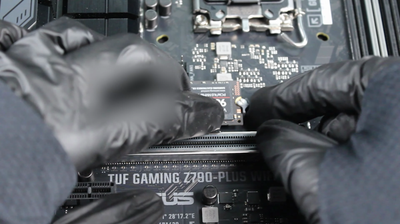
My impressions of the ASUS TUF Z790-Plus WiFi ATX Motherboard (2024)
My thoughts on the ASUS TUF Z790-Plus WiFi: its design, overclocking potential, connectivity, and BIOS stability.
Introduction
I recently built a PC with the ASUS TUF Gaming Z790-Plus WiFi motherboard. Below I'll discuss the design, performance, connectivity, and overall stability of this motherboard.
Some photos (click to enlarge)
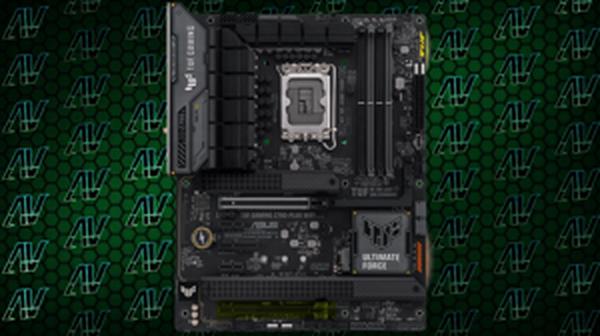
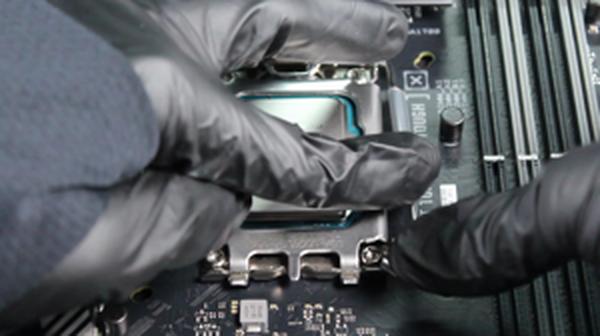
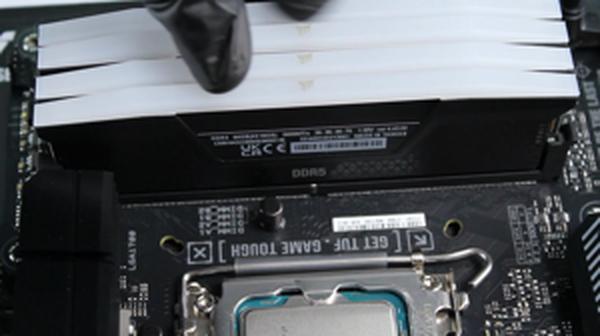
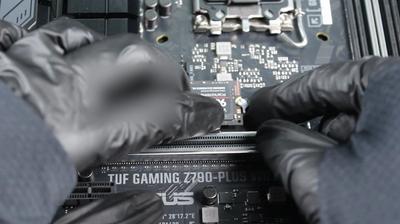
Specs of the ASUS TUF Z790-Plus Gaming Motherboard
- Release Year
- Brand
- Chipset Type
- Compatible Devices
- Cpu Socket
- Memory Clock Speed
- Memory Storage Capacity
- Model Name
- Platform
- Ram Memory Technology
Prices
Design Aesthetics and Built Quality
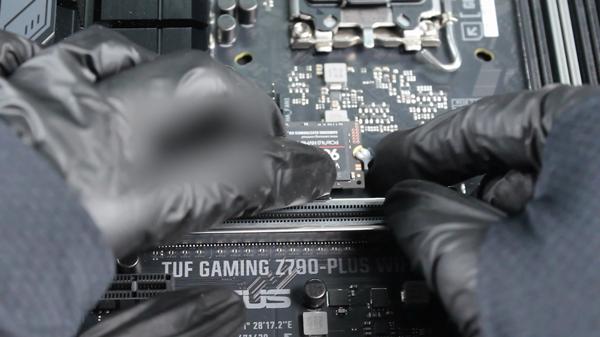
When it comes to building a PC, the motherboard is the heart of your machine, and the ASUS TUF Z790-Plus WiFi really stands out for its design aesthetics and build quality. Here's my personal take based on some key aspects:
Design Language: The board sports a bold look, featuring the new TUF Gaming logo and subtle geometric patterns. There's a sense of ruggedness to it which, coupled with its mostly black and grey palette, gives off that gamer-centric vibe without being too flashy.
Component Layout: Everything feels thoughtfully placed with enough room for optimal airflow and easy cable management. The SafeDIMM and PCIe 5.0 Safeslot fortify critical components, adding peace of mind.
Cooling System: I appreciate the comprehensive cooling with its VRM heatsink and the fanless PCH heatsink, which are not only functional but contribute to the board's robust look.
RGB Strips: Though not everyone's cup of tea, the Aura Sync compatible RGB strips add a customizable flair allowing for a synced-up light show if that's your thing.
However, even with the sturdy build, there have been some drawbacks. The M.2 Q-Latch is a great idea, but I found it a bit fiddly to secure the SSDs compared to traditional screw-in stands – a minor annoyance.
After thoroughly examining the board, I can summarize the design pros and cons in a simple list:
Pros:
Rugged, modern aesthetic appeals to gamers without being over the top.
Thoughtful layout supports good airflow and easy access to components.
Comprehensive cooling features.
RGB is a fun addition for customizing your rig's look.
Cons:
- M.2 Q-Latch can be a little cumbersome to use.
Lastly, while the Enhanced Power Solution and military-grade components promise durability, only time will tell how well they truly stand up to the rigors of extended use. Though, if ASUS’s reputation is anything to go by, I'm hopeful for a long-term positive experience.
In the world of PC building, the balance between form and function is crucial, and the ASUS TUF Z790-Plus WiFi motherboard manages to hit a sweet spot for enthusiasts like myself. Sure, it's not perfect, and improvements like a more user-friendly M.2 installation process would be welcome, yet the overall package is compelling and suggests countless hours of stable gameplay ahead. With every connection snuggly fit and the motherboard snug in my case, I can’t help but feel a slight buzz of excitement every time my setup lights up – a testament to the motherboard's overall solid design and aesthetics.
Performance and Overclocking Capabilities

The ASUS TUF Z790-Plus WiFi is quite the performer when it comes to handling intensive tasks and gaming. As someone who's always on the lookout for a stable overclocking experience, I was eager to put this motherboard through its paces. Here's my take on its performance and overclocking capabilities:
Overclocking Headroom: The 16+1 DrMOS power stages are rated for 60 amperes each. This level of current capacity suggests a promising overclocking capability. Paired with the right cooling setup, this motherboard allowed me to push my 13th Gen Intel CPU beyond the stock speeds without a hitch.
Thermal Management: A comprehensive cooling system that includes VRM heatsinks and M.2 heatsinks is critical for maintaining performance, especially when overclocking. In my use, temperatures remained under control, giving me the confidence to test the limits of my CPU.
However, there are some nuances to be aware of. The enhanced power solution promises durability and performance, but achieving stable overclocks requires some tweaking in the BIOS – not an endeavor for the faint-hearted. AEMP II is touted for its memory overclocking prowess; while it's meant to be user-friendly, it does take some trial and error to find the sweet spot for your specific memory kit.
When it comes to pushing the system, I noticed the motherboard handled DDR5 overclocking with relative ease. However, I hit a snag with RAM support – despite the advertised capacity, I found that the motherboard struggled with all slots filled. Running just two sticks at high speed was the sweet spot, and you may want to keep this in mind if expanding to a full four-stick setup is in your plans.
Furthermore, firmware updates and driver installations are crucial for maintaining optimal performance and stability. I had to ensure my drivers were updated to the latest versions to avoid any quirks, particularly related to the onboard WiFi 6E, which showed some inconsistency in performance over time.
Here's a summary of my observations:
Pros:
Solid overclocking potential for both CPU and RAM
Comprehensive cooling solutions keep temperatures in check
BIOS offers extensive tuning options for enthusiasts
Cons:
BIOS can be intimidating and requires patience to dial in settings
Potential compatibility and stability issues with full RAM slots
Overall, my experience tells a different story from how the specs on paper might lead you to believe. The TUF Z790-Plus WiFi might need a bit of coaxing to get the best out of it. Nevertheless, for those who are comfortable navigating BIOS settings and don't mind some troubleshooting along the way, there's a lot of untapped performance to gain from this board. Just be prepared to put in the work for a fine-tuned machine that handles marathon gaming sessions and heavy-duty tasks without breaking a sweat.
Connectivity and Expansion Options

When it comes to connectivity and expansion, the ASUS TUF Gaming Z790-Plus WiFi Motherboard packs a punch that has much to offer for both gamers and creative professionals. Here's a breakdown of what caught my attention:
PCIe 5.0 Support: The addition of PCIe 5.0 slots is a future-proof feature that prepares your system for the next generation of graphics cards and storage devices.
Multiple M.2 Slots: With four M.2 slots, storage expansion is a breeze and RAID configuration is possible for those seeking extreme performance.
USB Ports Galore: Between the USB 3.2 Gen 2x2 Type-C, additional Type-C headers, and Thunderbolt 4 support, connectivity options for peripherals are vast and varied.
WiFi 6 and Ethernet: Onboard WiFi 6 and a 2.5Gb LAN port offer flexible and fast internet connectivity choices, though the performance of the wireless component could be more consistent.
Now, in terms of the real-world use, the motherboard really does deliver on its promises for the most part. The PCIe 5.0 slot is perfect for those looking to pair it with the latest GPUs for maximum bandwidth, and seeing as how technology is advancing, this feels like a necessary feature. On storage, I'm thoroughly impressed with the four M.2 slots; it allows for a lot of flexibility, especially for those who need a fast NVMe RAID setup.
USB connectivity is another strong suit of this board. Having USB 3.2 Gen 2x2 Type-C ports alongside standard USB-A ports means you're pretty much set for any type of device you need to connect, whether it be for high-speed data transfers or just standard peripheral connections.
Now, the onboard WiFi 6 is great when it works at its best, but I've had times when it didn't hit the top speeds I was expecting. I suggest having a backup PCIe WiFi card if you experience similar inconsistencies. Wired connectivity is rock-solid though, courtesy of the Intel 2.5Gb LAN port.
One thing that struck me was the single-sided locking mechanism for the RAM slots. It's a bit tricky to work with and doesn't instill the same confidence as a dual-sided clamp would, especially when you're handling expensive DDR5 sticks.
A drawback that can't be overlooked is the need for a BIOS update to ensure smooth functioning with certain RAM, and the fact that the board didn't recognize all four sticks of my 32GB RAM without some tweaking. Some users might find this challenging, especially if they aren't as experienced with PC builds.
In summary, for those who can navigate a slightly rocky setup (which might involve a BIOS update or two and ensuring all drivers are up-to-date), the ASUS TUF Gaming Z790-Plus WiFi Motherboard is a formidable choice. Reliable and loaded with features, any downsides are, in my opinion, offset by its strong performance and the forward-thinking inclusion of PCIe 5.0 and USB-C connectivity.
System Stability and BIOS Features

Having spent considerable time with the ASUS TUF Gaming Z790-Plus WiFi motherboard, I've formed some solid opinions about its system stability and BIOS features. Before diving into my reflections, let's lay out a few key considerations:
BIOS Interface and Usability: The BIOS layout is packed with features but can feel a bit cluttered.
Recovery and Problem Diagnosis: Issues like incompatible RAM can cause hiccups during setup.
Firmware Stability: Once dialed in, the system runs smoothly, rarely if ever requiring resets.
Overclocking and System Tweaks: Be cautious, as pushing settings too far can lead to system instability.
Booting up for the first time, I noticed the BIOS is inundated with options—terrific for enthusiasts, but perhaps overwhelming for newcomers. Yet, once I got used to the interface, tweaking settings became second nature. The stumbling block was the initial setup; you might juggle RAM sticks until you find the combination that gets you past the POST screen. Fortunately, after this trial and error phase, I found the system to be incredibly stable.
Firmware updates were hassle-free, and I appreciate ASUS including features that make updating a less daunting task. The CrashFree BIOS 3 allowed me to restore corrupted BIOS data from a USB flash drive easily, and EZ Flash 3 made updating the BIOS straightforward from the internet, without needing an OS.
For those of us who prefer a bit of an overclocking adventure, the board offers leeway, though it's wise to proceed with caution. I prefer stability over squeezing out that last megahertz, and the Z790-Plus didn't disappoint.
Admittedly, I did struggle a bit with the one-sided memory DIMM clasps which made installing the RAM trickier than I'd prefer. Furthermore, compatibility hiccups—like the memory slot issue and the temperamental Intel i225/i226 network chipset—were a headache. Despite these, the system ran like a champ, once it was up and running.
In terms of overclocking, I had hoped to fully utilize my high-frequency DDR5 RAM, but settled for a lower, stable frequency to ensure a reliable system for daily workloads. This kind of compromise might deter hardcore enthusiasts, but it's a practical approach for a build that prioritizes longevity and reliability.
In closing, if you're looking for a motherboard that pairs nicely with 14th and 13th Gen Intel processors and you value stability, the ASUS TUF Gaming Z790-Plus WiFi is a strong contender. Just be aware that you might need to wrestle through some initial quirks, particularly regarding RAM and network connectivity. But once those are sorted, this motherboard is a solid foundation for a dependable and robust gaming rig or workstation.
Comments (0)
Share